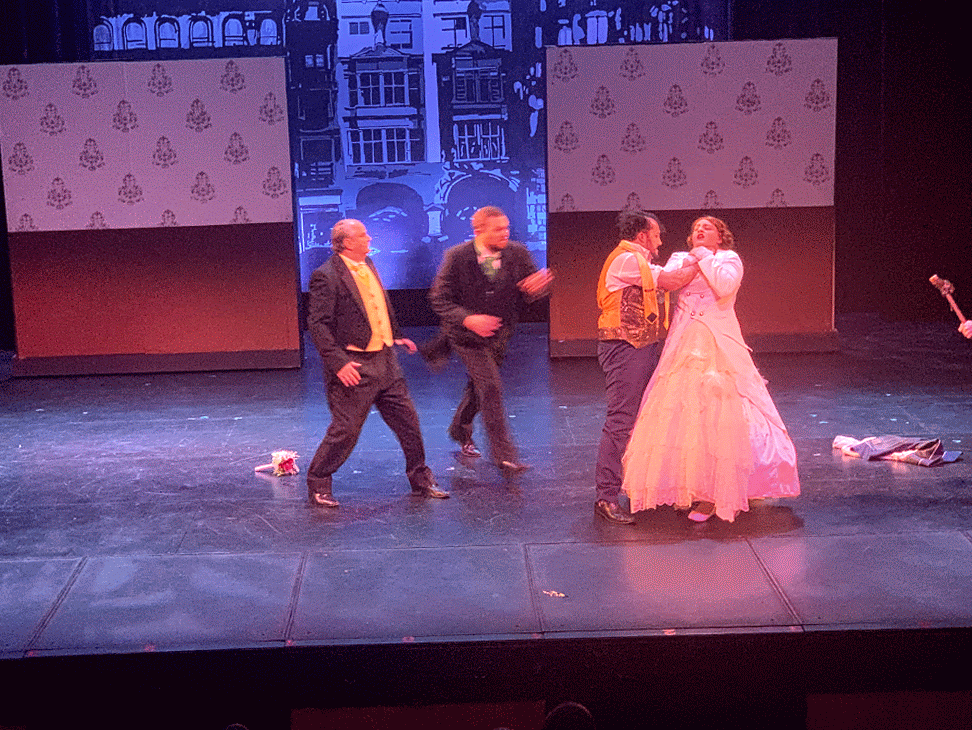
Stage Combat
Think of stage combat as a broader term for fight choreography. It has applications across theatre, film and motion capture. Although there are some significant differences between the different media the core skills are using a variety of theatrical techniques designed to create the illusion of physical violence while maintaining the safety of the performers and audience.
1) Ask Questions
In combat (as on stage) it is always important to ask questions. Making sure everyone is on the same page is not only important for storytelling, it’s important for safety when the choreographed illusion of violence (the definition of stage combat) is being utilized. It can be anything from “what’s my target” to “what foot am I supposed to be on” or the good old beloved “Why”.
2) Know Your Intent
A basic in both acting and combat. What are you trying to get from your partner? Why? There are infinite levels of depth to be discovered. In combat, the whys include “Why am I fighting this person?”, “Why this move?”, “Why this weapon” etc. and “What do I want to do – scare, hurt, maim, kill?” It’s storytelling with swords (or knives, fans, rebar, whatever the play calls for) and all the same rules apply.
3) Consent, consent, consent
Another biggie, yet often overlooked. It’s not only important to check in with your on stage partners (acting or combat) on moments that require physical risk or intimacy. Always check in with your partner. Make sure they’re okay with any moves that are going on and consent to their bodies being manipulated however the choreography or staging calls for it. Ask explicitly “Is it okay if I touch you this way?” “Are you comfortable?” “Was that alright for you?” A lot of great information on this subject can be found at
4)Partnering
A basic in both acting and combat. What are you trying to get from your partner? Why? There are infinite levels of depth to be discovered. In combat, the whys include “Why am I fighting this person?”, “Why this move?”, “Why this weapon” etc. and “What do I want to do – scare, hurt, maim, kill?” It’s storytelling with swords (or knives, fans, rebar, whatever the play calls for) and all the same rules apply.
5) Cue, reaction, action
This one may seem a bit counter-intuitive, but it’s very important to remember. The three steps of any combat action are the Cue (signaling to your partner what’s coming), the reaction (your partner emotionally and physically reacting accordingly with choreography) and the action (the fight move). It’s a good technique for acting in general too, especially in intimacy choreography. Until you know your partner knows what’s coming, you don’t go.






